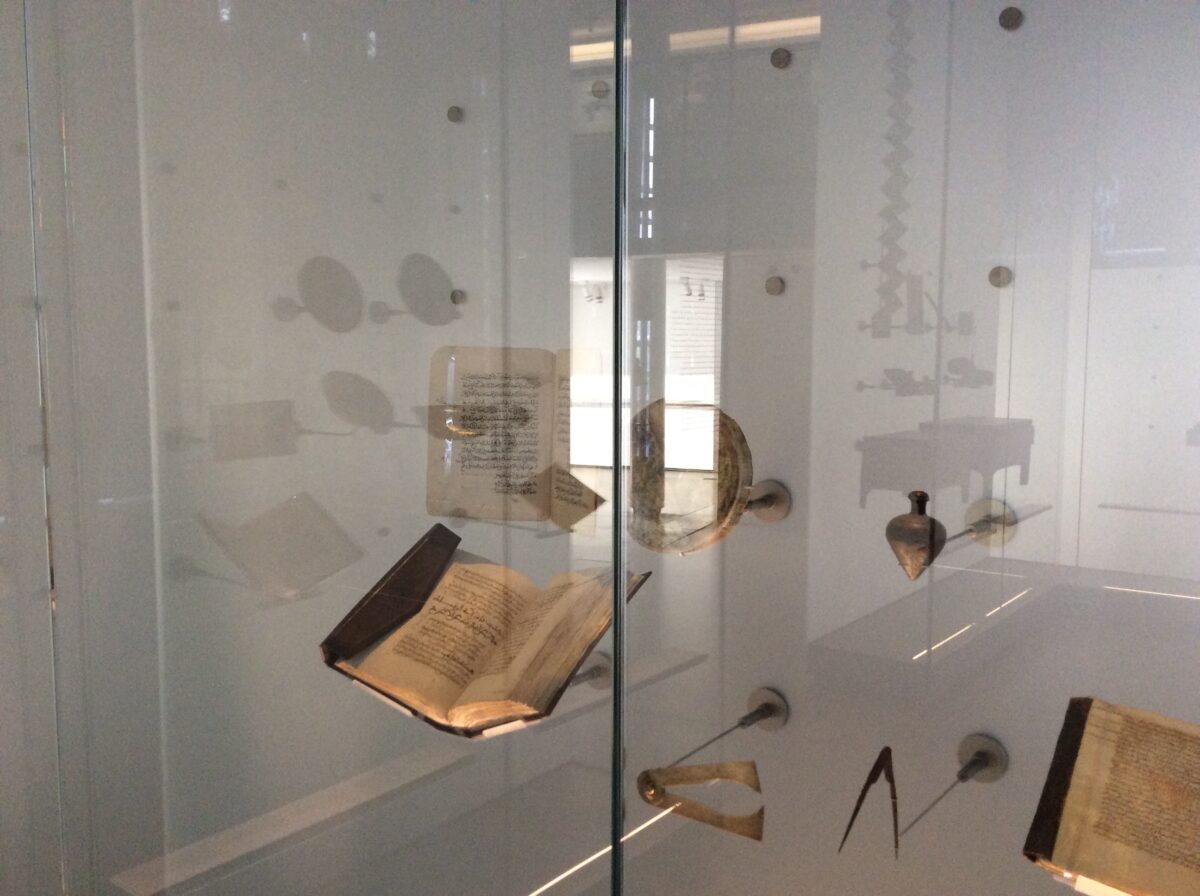Samir Pandya
Pandya, S. (2020). ‘Affective Disorder: Architectural design for complex national identities’, National Identities, 22 (4) special issue ‘Architecture, Nation, Difference’, pp. 441-462. (doi: 10.1080/14608944.2020.1812826)
Other contributors to ‘Architecture, Nation, Difference’: Clare Melhuish, Sarah Milne, Shahed Saleem and Victoria Watson.
‘Architecture, Nation, Difference’, a special issue of the journal National Identities, 22(4) – edited by Samir Pandya – explores the hermeneutic potential of architecture’s relationship with national identity. It advocates neither for ‘nation’ nor ‘identity’, conceding that both are reductive concepts founded upon exclusion, and that architecture which advances ideas of national identity will be complicit. The featured articles reveal, complexify, or transgress the oppressive bond between architecture and national identity and, although thematically divergent, they share two key concerns. Firstly, an interest in how ‘difference’ disrupts narratives of nationhood in architectural contexts. One aim in this respect is the identification of counter-hegemonic practices which articulate voices and values excluded by dominant power structures and cultural representations of nationhood. The second concern is the deprivileging of form as the primary source for advancing our understanding of architectural nationalism. Rather than suggest its lack of agency, the deprivileging of form annunciates the need for a rigorous and conceptually ambitious grasp of relations between form, context and exteriority vis á vis collective, large-scale and long-range forms of identity.
Pandya’s article, ‘Affective Disorder: Architectural Design for Complex National Identities’, speculates on the relationship between built form and the experience of difference. It critically examines the use of postcolonial theorist Homi Bhabha’s conceptualisation of nation to frame specific works of architecture in the writing of Felipe Hernández. This analysis is used as the foundation for two building studies. Firstly, the National Museum of Australia, which relies on formal incoherence to represent the plurality of national identity. This in turn leads to a consideration of ‘affect’ as a non-reductive design hermeneutic through which to reflect the lived plurality of ‘nation-space’. This consideration is extended through a second building study – the Institut du Monde Arabe – utilised to examine the relationship between form (representation) and affect (non-representation) and the relative merits their association may bring to a re-thinking of design in contexts of complex national identities.










